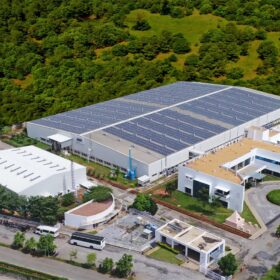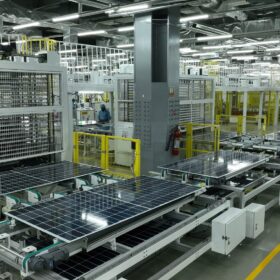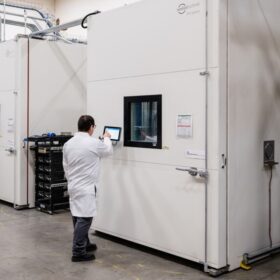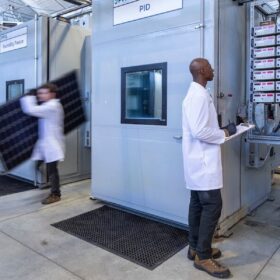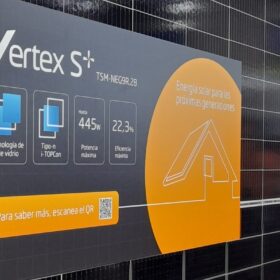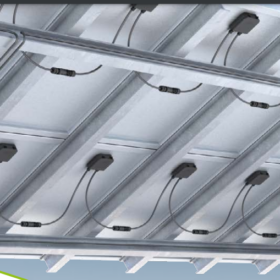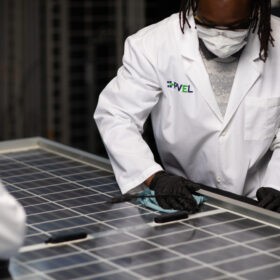Emmvee leads in all categories of Kiwa PVEL PQP Testing
Emmvee Group has emerged as the only Indian solar panel manufacturer to be a top performer across all categories in the Kiwa PVEL PQP testing for 2024.
Adani Solar top performer for seventh year in Kiwa PVEL’s PV Module Reliability Scorecard
Adani Solar is the only Indian manufacturer to be rated Top Performer for seven consecutive years in PVEL testing for PV module quality and reliability.
Vikram Solar modules top performer for seventh time in PVEL testing
Vikram Solar’s Paradea 108/120/144 half-cut cell modules were recognized as top performers in PVEL testing.
PVEL releases tenth edition of ‘PV Module Reliability Scorecard’
The independent test lab Kiwa PVEL names 53 manufacturers and 388 models–a record number of Top Performers in the ten-year history of the Scorecard.
PI Berlin, PVEL, Extel Energy unite under Kiwa brand
PV Evolution Labs (PVEL), Extel Energy, and PI Berlin have unified under the Kiwa brand. Dutch company Kiwa, which has acquired the three PV testing laboratories over the past three years, says it aims to more effectively present its range of services for the solar industry.
Log9 Materials achieves BIS certification for its LTO batteries
The certification signifies that Log9’s lithium titanate oxide (LTO) batteries comply with India’s stringent safety and performance standards for EV batteries.
Solar manufacturers unite to develop standards for 700 W-plus modules
Solar module size standardization will enhance supply chain efficiencies, boost production, and lower costs, according to the 700W+ Photovoltaic Open Innovation Ecological Alliance, which aims to accelerate the industrialization of PV modules above 700 W.
Wires and cables in the solar industry
The solar industry growth has accelerated the demand for wires and cables in India. Since solar cables are key in transmitting power from the PV panels to the system, it is essential to invest in the best-suited type of solar cable that meets stability and safety norms.
PVEL upgrades solar module qualification testing
PV Evolution Labs (PVEL) says it has added new solar module qualification tests and fresh insights to improve intelligent module procurement strategies.
How long do residential solar panels last?
Multiple factors affect the productive lifespan of a residential solar panel. In the first part of this series, we look at the solar panels themselves.
